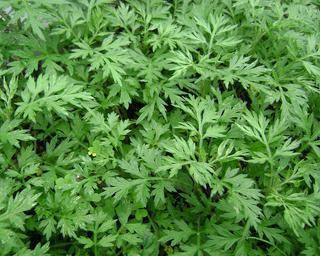Rank Species | Genus Artemisia Higher classification Mugworts | |
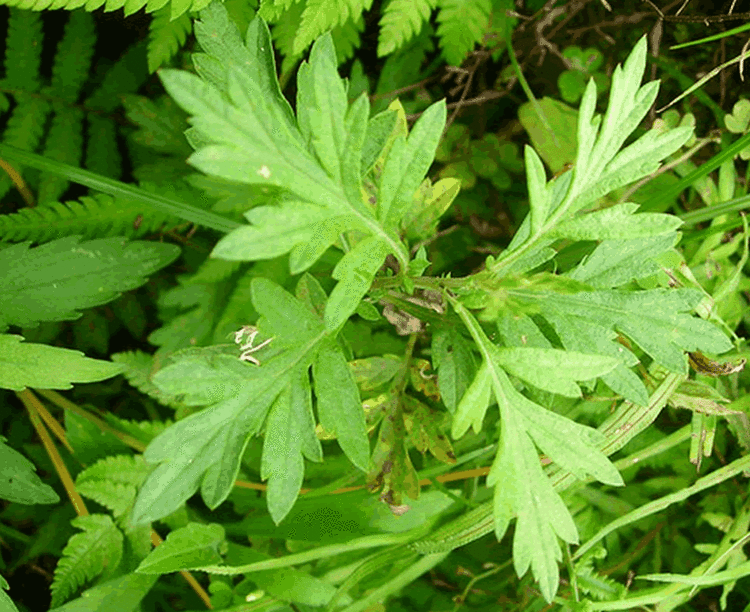 | ||
Similar Qingtuan, Zongzi, Realgar wine, mugwort, Caozaiguo | ||
Artemisia argyi, commonly known as silvery wormwood or Chinese mugwort, is a herbaceous perennial plant with a creeping rhizome. It is native to China, Korea, Mongolia, Japan, and the Russian Far East (Amur Oblast, Primorye). It is known in Chinese as àicǎo (艾草) or ài yè (艾叶) and in Japanese as gaiyou. It is used in herbal medicine for conditions of the liver, spleen and kidney. It is a common flavoring and colorant in the Chinese dish qīng tuán (青团).
Contents
Artemisia argyi, Silvery wormwood, Mugwort, 艾草
Description
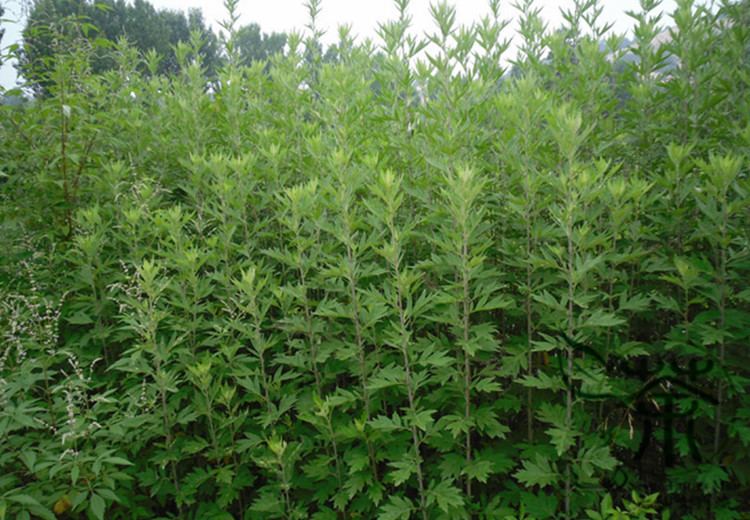
Artemisia argyi is an upright, greyish, herbaceous perennial about one metre tall, with short branches and a creeping rhizome. The stalked leaves are ovate, deeply divided and covered in small, oil-producing glands, pubescent above and densely white tomentose below. The lower leaves are about six centimetres long, bipinnate with wide lanceolate lobes and short teeth along the margins. The upper leaves are smaller and three-partite, and the bracteal leaves are simple, linear and lanceolate. The inflorescence is a narrow leafy panicle. The individual flowers are pale yellow, tubular, and clustered in spherical turned-down heads. The central flowers are bisexual while the marginal flowers are female. The petals are narrow and folded cylindrically and the bracts have a cobwebby pubescence. The whole plant is strongly aromatic.
Habitat
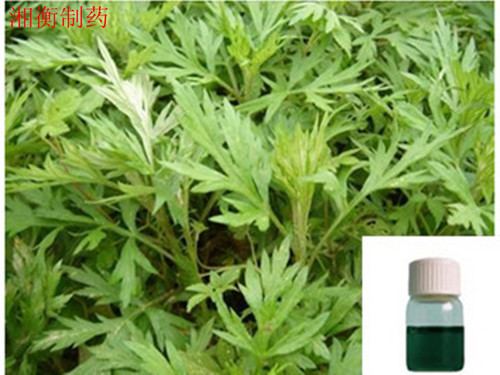
This wormwood is a xerophile, growing on dry mountain slopes, steep river banks, the edges of oak woods, coastal scrub, wasteland and along road and railway verges. The plants do better and are more aromatic when they grow on poor dry soil.
Medicinal use
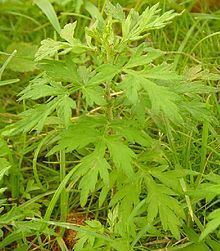
Wormwood leaves are gathered on a warm dry day in spring and summer when the plant is in flower and dried in the shade. In traditional Chinese medicine, they are considered to have bitter, pungent and warm properties and to be associated with the liver, spleen and kidney meridians. The leaves are used as an antiseptic, expectorant, febrifuge and styptic. The herb is considered to increase the blood supply to the pelvic region and stimulate menstruation, help treat infertility, dysmenorrhea, asthma and coughs. Another use is in moxibustion, a form of healing in which the herb is burned in cones or sticks or on the tip of an acupuncture needle. Boiling water can be poured onto the ground up leaves and used in a decoction, alone or with other substances, and the fresh leaf can be crushed and blended and a juice extracted. A volatile oil can be extracted from the leaves and used in the treatment of asthma and bronchitis for which purpose it is sprayed onto the back of the throat and brings rapid relief. The leaves have an antibacterial action and have been shown to be effective against Staphylococcus aureus, Bacillus dysenteriae, Bacillus subtilis, Bacillus typhi, Escherichia coli and Pseudomonas.
Research
